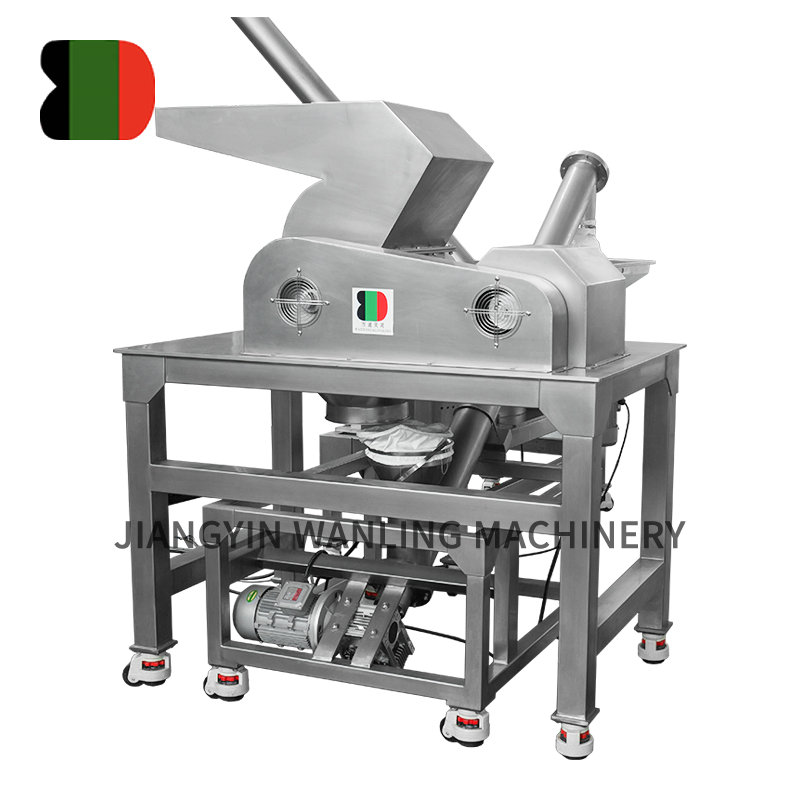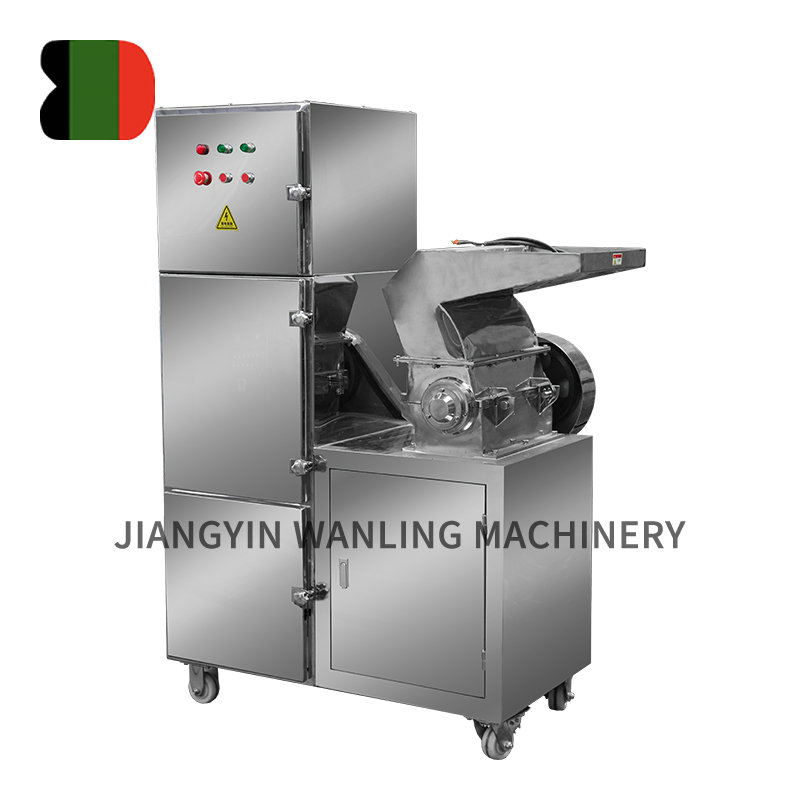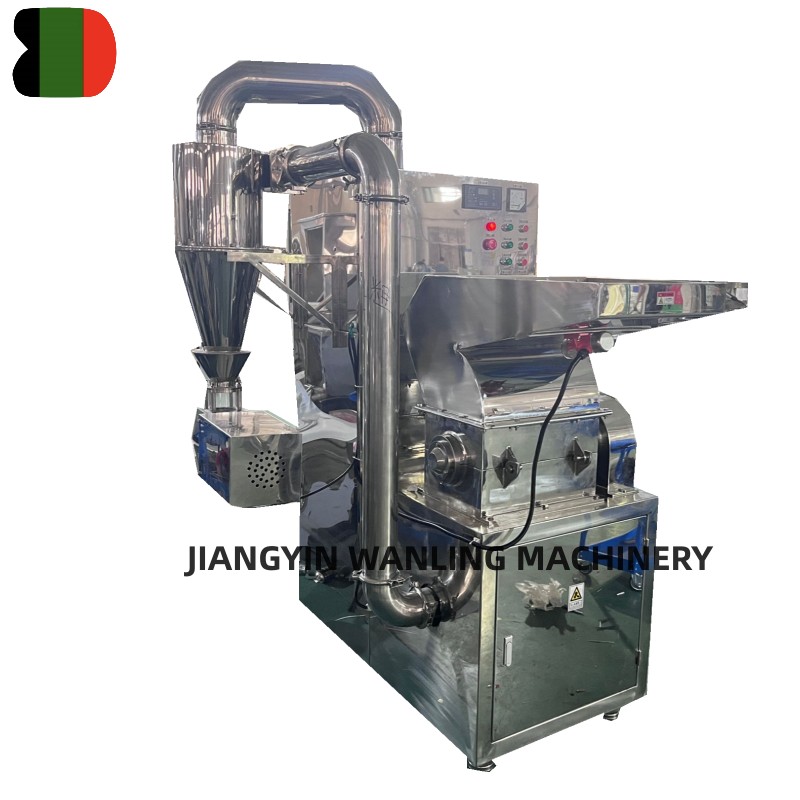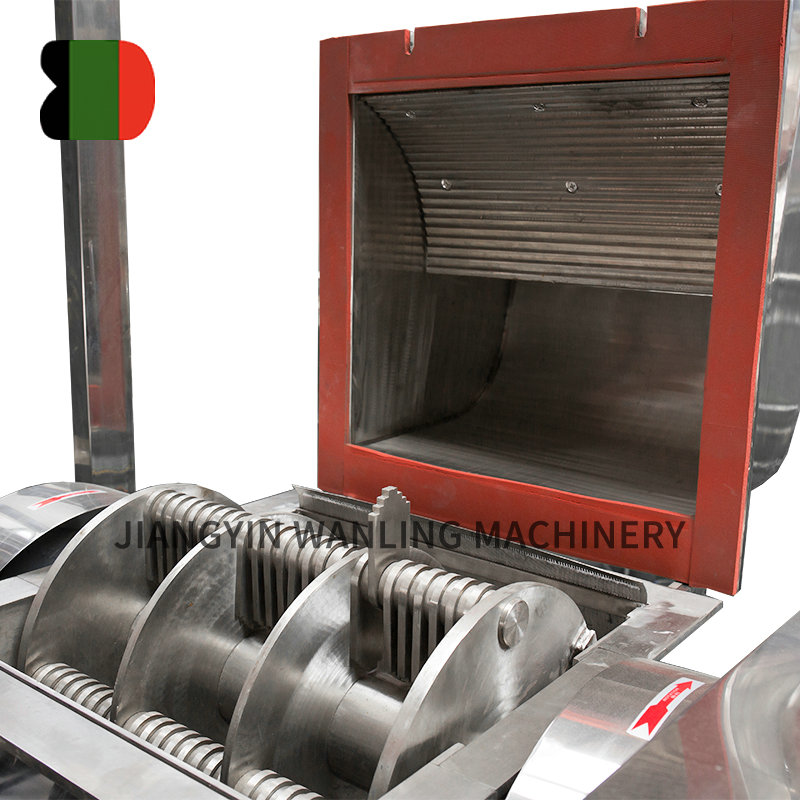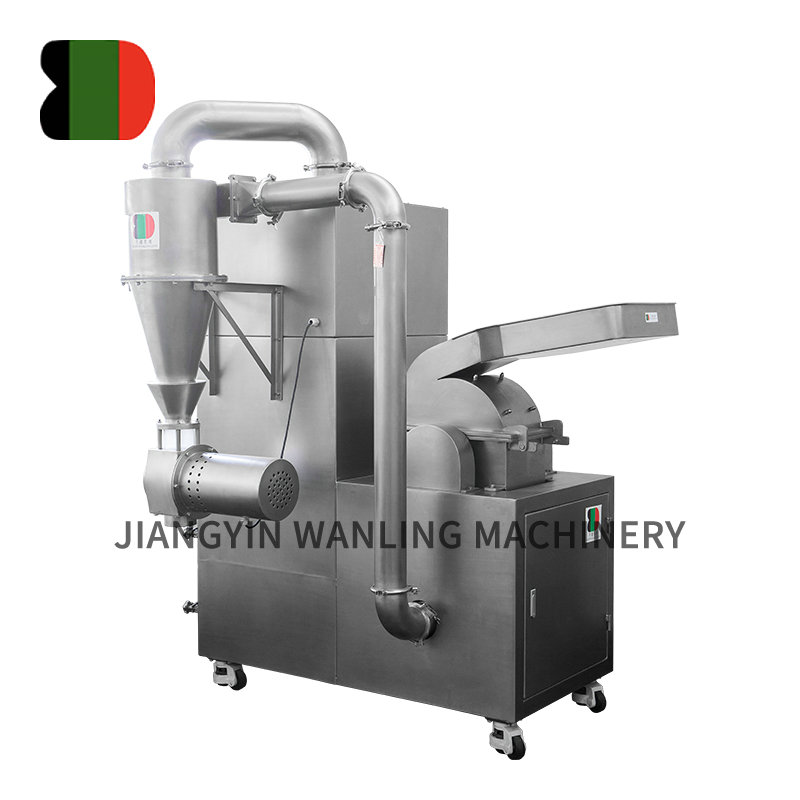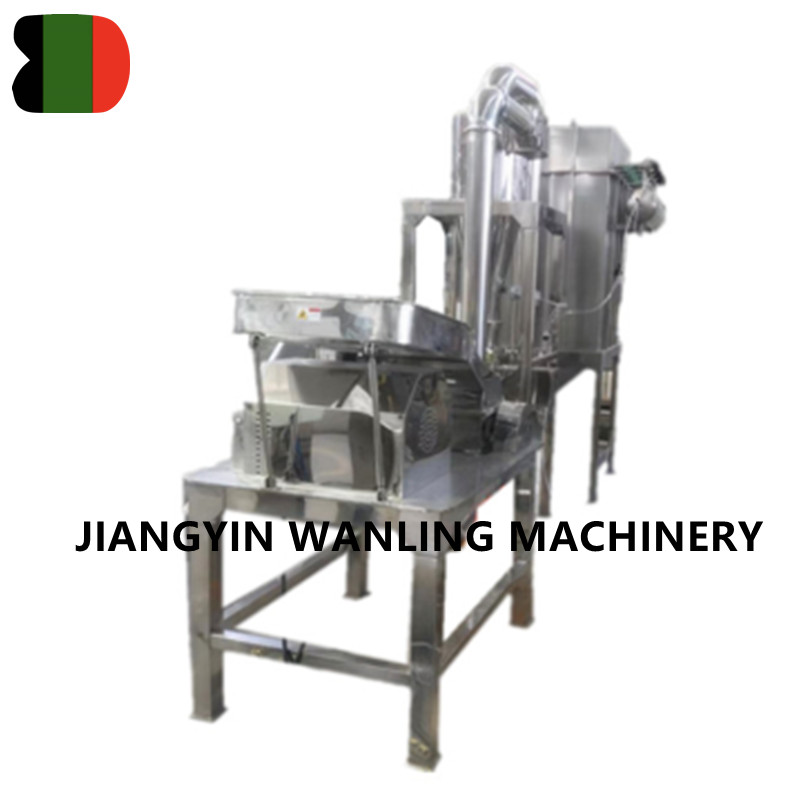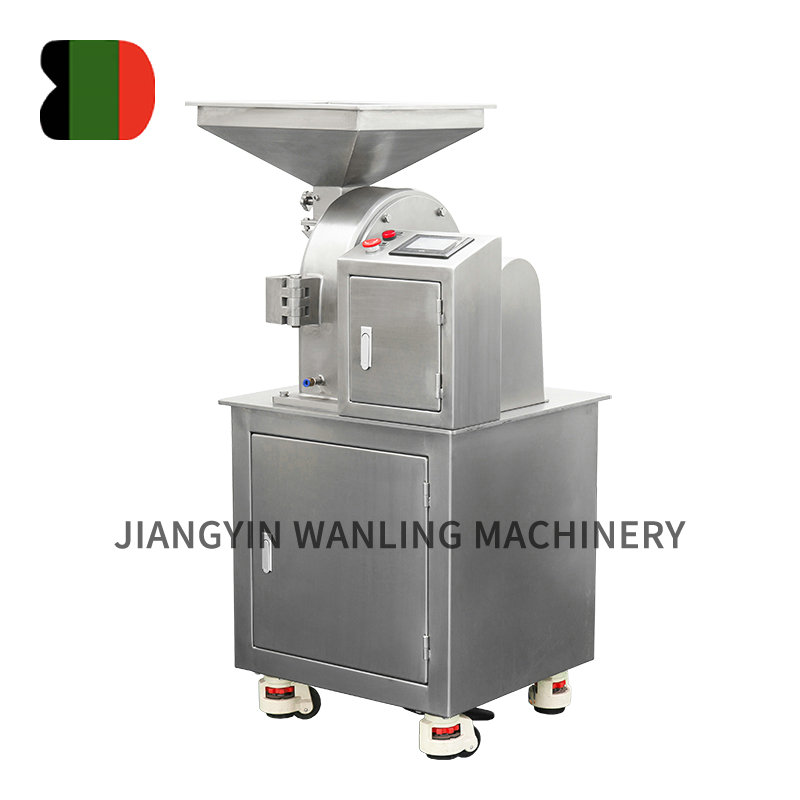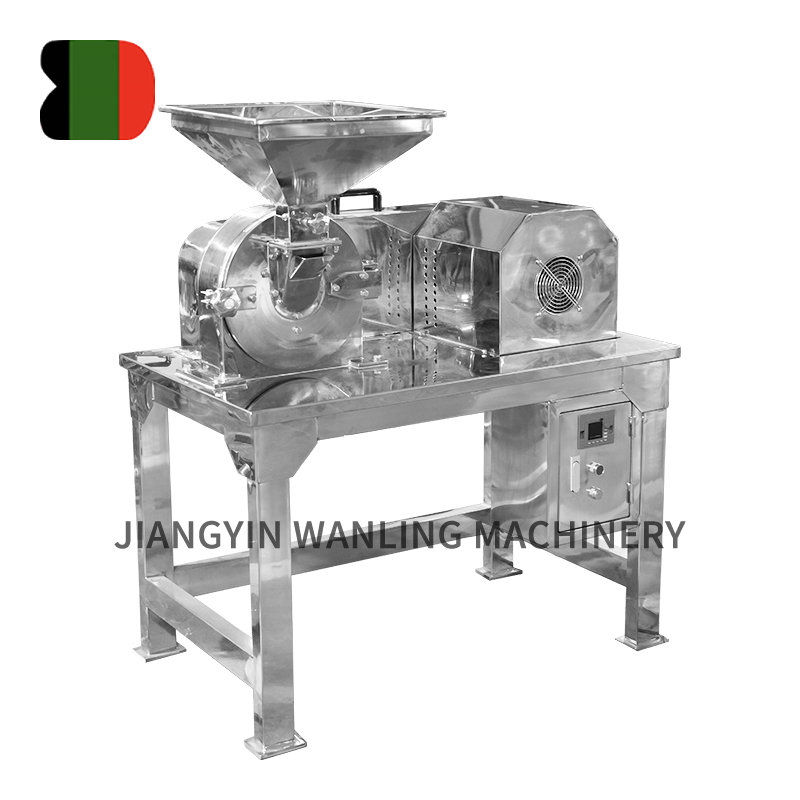Air classifier mills are renowned for their exceptional ability to control particle size, making them invaluable in various industries, from pharmaceuticals to food processing. One of the key advantages they offer is the precise separation of particles based on size and density during the milling process. This is achieved through a combination of mechanical grinding and air classification, which allows for a fine-tuning of particle dimensions.
The air classifier mill utilizes a high-speed rotor that creates a vortex, drawing in the material and subjecting it to intense mechanical force. As particles are ground, the lighter, finer particles are carried away by the airflow, while heavier particles fall back for further grinding. This dual action enables the mill to achieve a uniform particle size distribution, which is crucial for applications that require consistency in texture and performance.
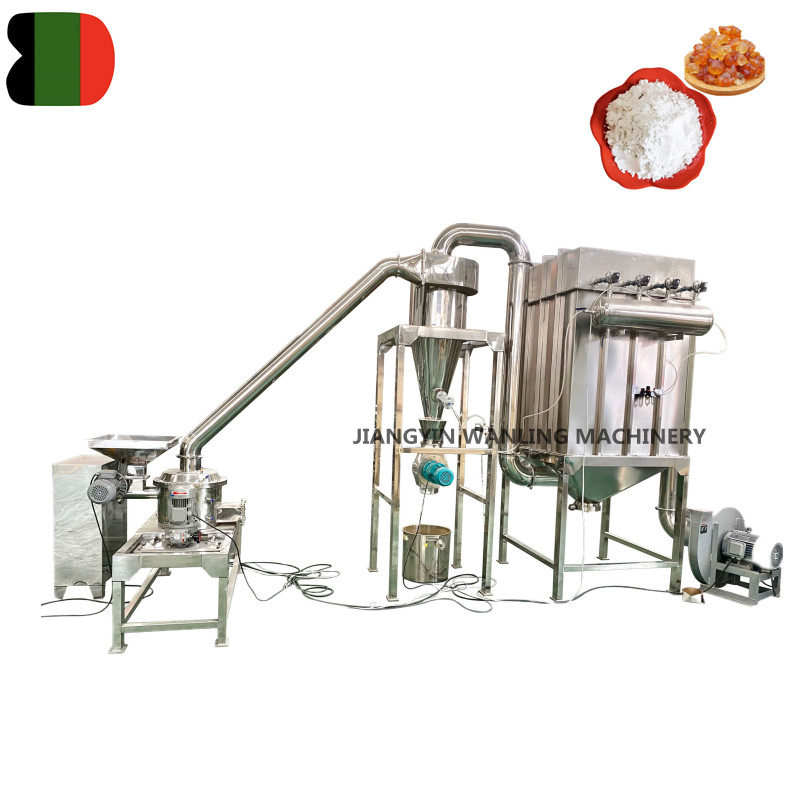
One of the key advantages of air classifier mills is the ability to adjust operational parameters like rotor speed and airflow rates. This flexibility enables operators to tailor the milling process for different materials, optimizing it to achieve the ideal particle size without the risk of over-grinding. Over-grinding can lead to unwanted particle characteristics, such as increased surface area or changes in flow properties, which may affect the final product’s performance.
Additionally, the efficient airflow management within the mill reduces the likelihood of heat generation during the grinding process, preserving the integrity of heat-sensitive materials, such as certain pharmaceuticals or food products. This capability is essential for applications that demand high-quality outputs without compromising material properties.
Furthermore, air classifier mills contribute to the reduction of production costs by minimizing the need for subsequent processing steps. By achieving the desired particle size in a single operation, these mills streamline production workflows, saving both time and resources.
The advantages of air classifier mills in particle size control include their precision in separating particles, the flexibility to adjust operational parameters, the preservation of material integrity, and the overall efficiency of the milling process. These factors make air classifier mills an essential tool in industries where product quality and consistency are of utmost importance.



 Español
Español